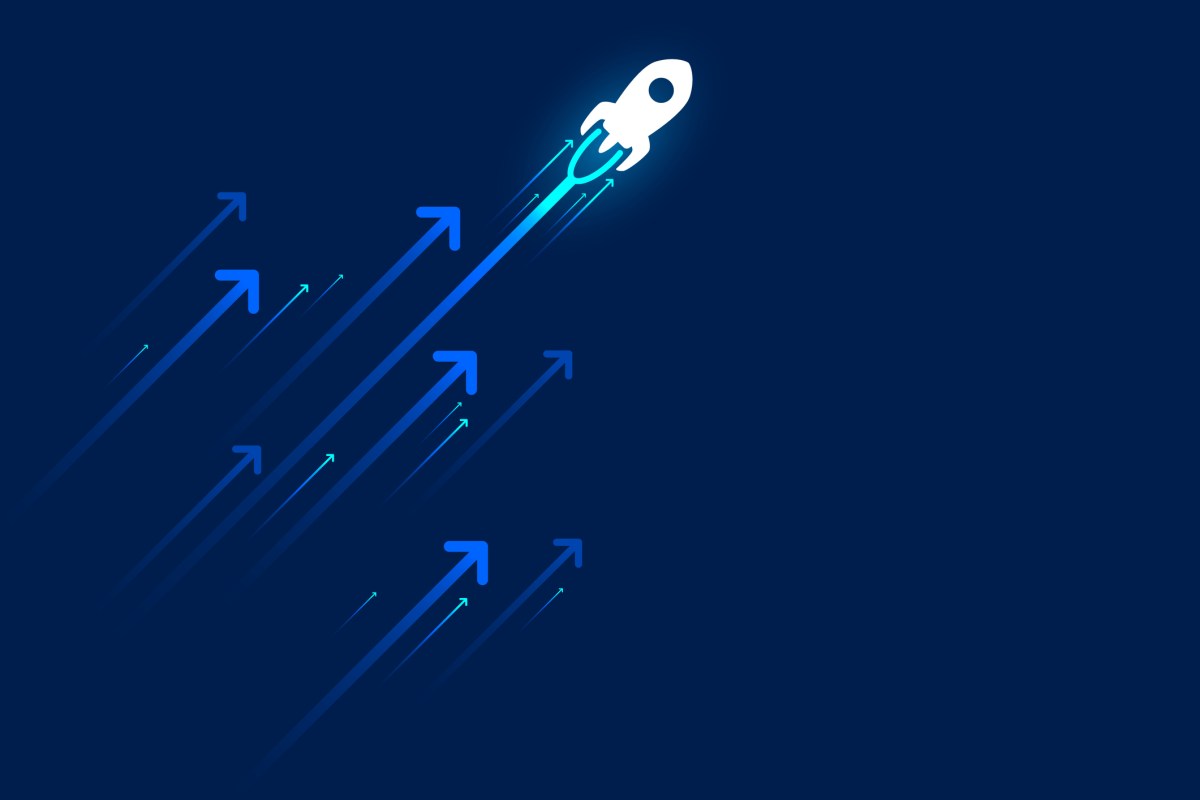Rodrigo Fernandes
Contributor
Rodrigo Fernandes is a professor at Fundação Dom Cabral and is the CFO at Pingback, a Brazilian startup that provides a comprehensive solution for digital creators.
Daniel McCarthy
Contributor
Daniel McCarthy is an Assistant Professor of Marketing at Emory University’s Goizueta School of Business and co-founder of Theta, a predictive customer analytics firm.
Until recently, it was widely accepted that startups, constrained by limited resources, should primarily concentrate on a single product. Prematurely expanding to a broader product portfolio risked diverting attention from the core “hero” product.
Now, however, the conversation is starting to change. An increasingly popular formula for success involves having multiple products or being a compound startup. Thought leaders like Dave Yuan go so far as to discuss being “born multi-product.”
Is this just the latest fad in startups? We don’t think so.
Creating a new product is justified when the net present value of overall profit expansion exceeds its opportunity cost. However, estimating this value proves challenging, especially before the product launch.
A parallel could be drawn to customer acquisition. Investing in customer acquisition is justified when the net present value of the profits from the acquisition exceeds the customer’s customer acquisition cost (CAC). Fortunately, with appropriate customer retention and monetization models, this estimate is no longer a big challenge.
Customer acquisition and product development stand out as a startup’s most important investments. This naturally leads to competition between these investment priorities.
Historically, when startups prioritize customer acquisition and new product development, they choose the former. After all, customer acquisition is an efficient way of generating leverage on the heavy investment that had already been made into product development, and the payoff from new products is highly uncertain.
Customer acquisition and product development stand out as a startup’s most important investments.
But the times they are a-changin’ and customer acquisition is getting more and more expensive. With the rise in CAC, the relative value of customer acquisition remains the same compared to new product development.
The emergence of compound startups coincided with the growing concern about CAC in the tech industry, and this is not a mere coincidence.
In hindsight, the logic becomes evident. When CAC surpasses a certain threshold, developing and marketing new products becomes more cost-effective than acquiring customers through traditional channels.
Innovative products reduce CAC and enhance company appeal, boosting retention and development. Introducing new products gives existing customers more purchasing opportunities, deepens relationships, and encourages cross-selling. As the customer base grows, pursuing product-related initiatives becomes even more beneficial.
